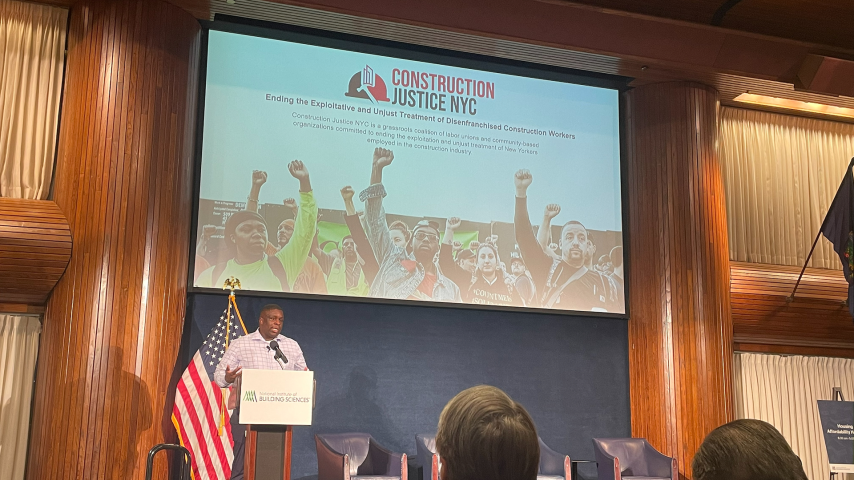
By Christine Cube
The National Institute of Building Sciences recently held a three-part public hearing, bringing together veteran building industry experts to discuss the state of housing affordability.
There’s ample motivation to fix the problem, but it’s taken decades for us to get here. And the road forward isn’t easy to navigate.
“This is no longer an issue of the poor,” said Chris Herbert, PhD, Managing Director with the Joint Center for Housing Studies of Harvard University. “Affordability has gotten worse for working families. This has changed the conversation around rental affordability, and people are spending excessive amounts for rental housing.”
Those in the labor force – fully employed individuals are the most affected by the cost of housing. What’s more – middle- and lower-income households are severely impacted by the cost of rental housing.
The ones most likely to stretch? First-time homebuyers.
The Housing Shortage
Depending on whom you ask, the estimated shortage of housing in the United States is anywhere from 1.5 million residences to 5 million residences, said Robert Dietz, PhD, Chief Economist and Senior Vice President for Economics and Housing with the National Association of Home Builders.
There are numerous issues affecting housing affordability.
These include – but are not limited to – underbuilding, lending and getting access to developer and construction loans, high interest rates on mortgages, building materials costs (aggregate costs of materials are up 35 percent), regulatory costs, zoning impacts on housing construction, and the shortage of skilled labor in the construction workforce.
“We need more than 2 million workers on a gross basis,” Dietz said. “This is a tremendous job … if there are no workers to build these homes, they’re not going to get built. We desperately need to diversify our labor force.”
Dietz said stability has been seen in a few places: the remodeling sector, townhouse market, and modular/panelized construction.
HUD’s Worse Case Housing Needs Report to Congress
According to Solomon Greene, Principal Deputy Assistant Secretary for Policy Development and Research with the U.S. Department of Housing and Urban Development, housing affordability is a core bread and butter issue facing all American families.
Greene pointed to a 2023 executive summary and report to Congress about Worst Case Housing Needs from HUD to President Joe Biden.
“Households with worst case housing needs are very low-income renters— households with incomes at or below 50 percent of area median income—who do not receive government housing assistance and who pay more than one-half of their income toward rent, live in severely inadequate conditions, or both,” the report says. “The 2023 report finds that in 2021, during the COVID-19 pandemic, 8.53 million households had worst case housing needs. This is an increase in worst case needs from the record high of 8.48 million in 2011 and 70 percent greater than the 5.01 million households with worst case housing needs in 2001.”
Where the optimism comes in, Greene said: “I truly believe we are seeing a growing sense of urgency and awareness around the country to leverage the tools we have at our disposal to address the nation’s growing rental affordability challenges.”
The NIBS 2024 Moving Forward Report
Affordable housing generally is defined as housing where the occupant pays no more than 30 percent of their gross income for housing costs, including utilities. According to Pew Research Center, a rising share of Americans say the availability of affordable housing is a major problem in their local community. In October 2021, about half of Americans (49 percent) said this was a major problem where they live, up 10 percentage points from early 2018. In the same 2021 survey, 70 percent of Americans said young adults today have a harder time buying a home than their parents’ generation did.
The topic of housing affordability will be a chief component of the 2024 Moving Forward Report by the NIBS Consultative Council.
This year, the Consultative Council covered decarbonization of the U.S. built environment in the Moving Forward Report.




